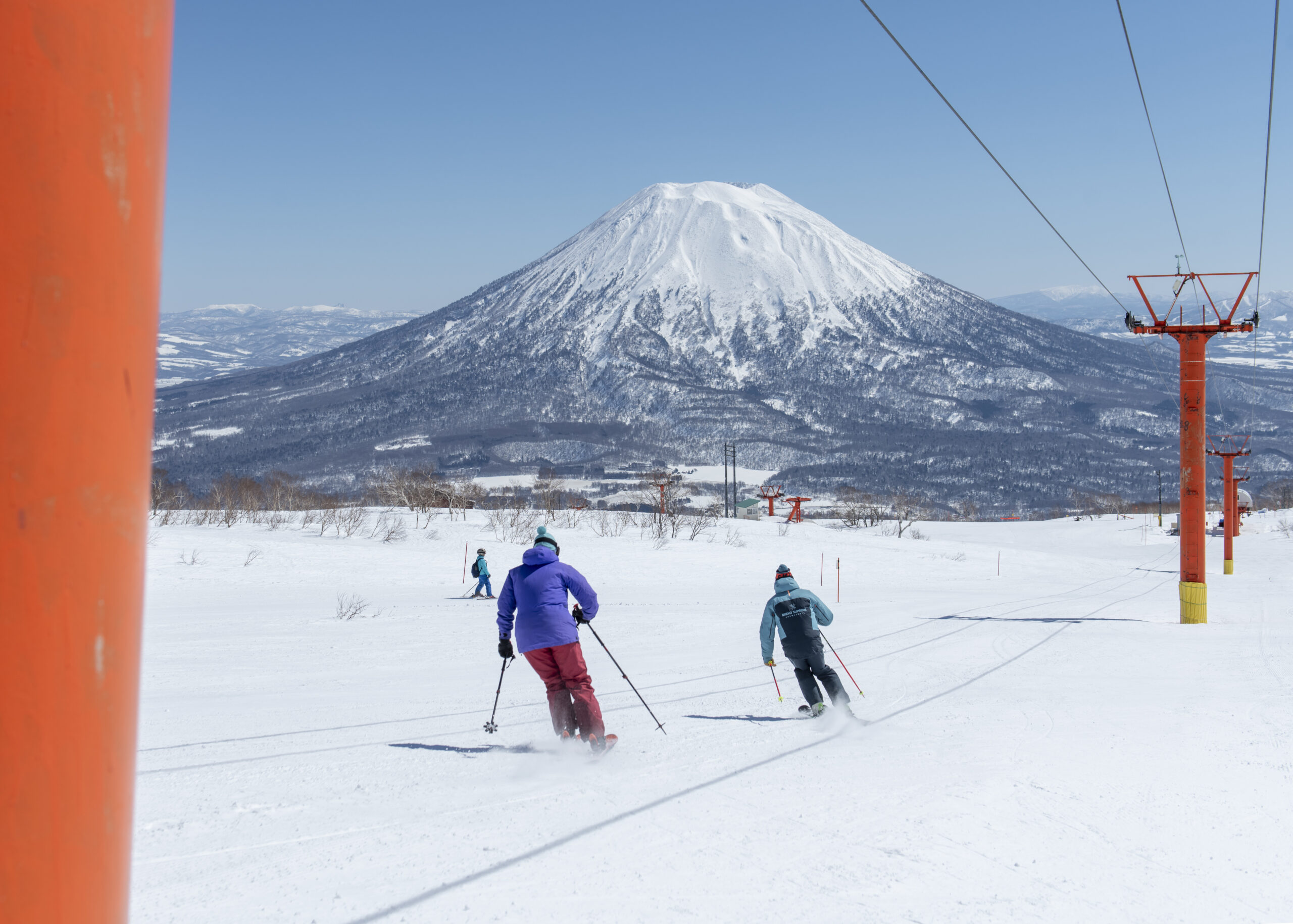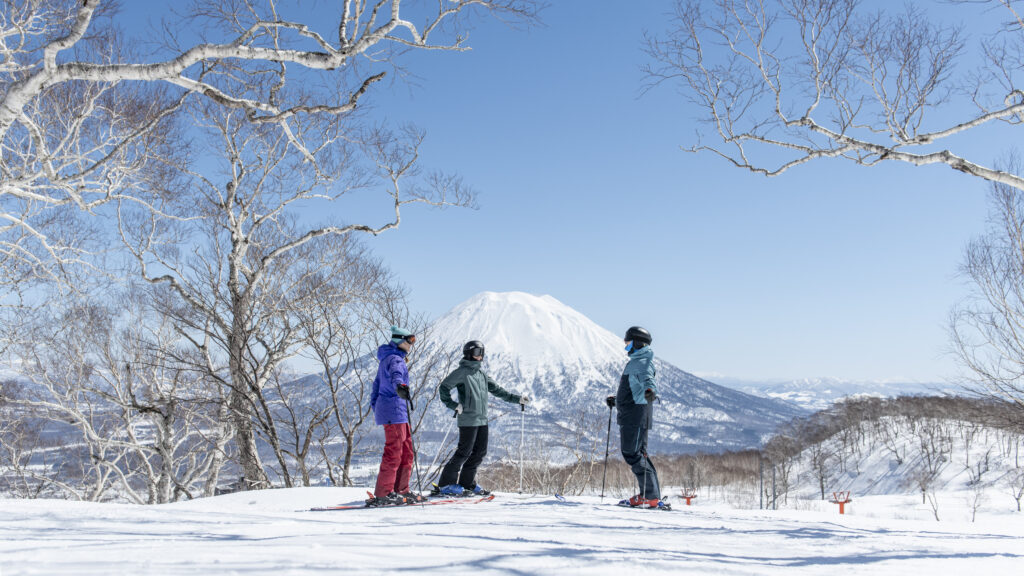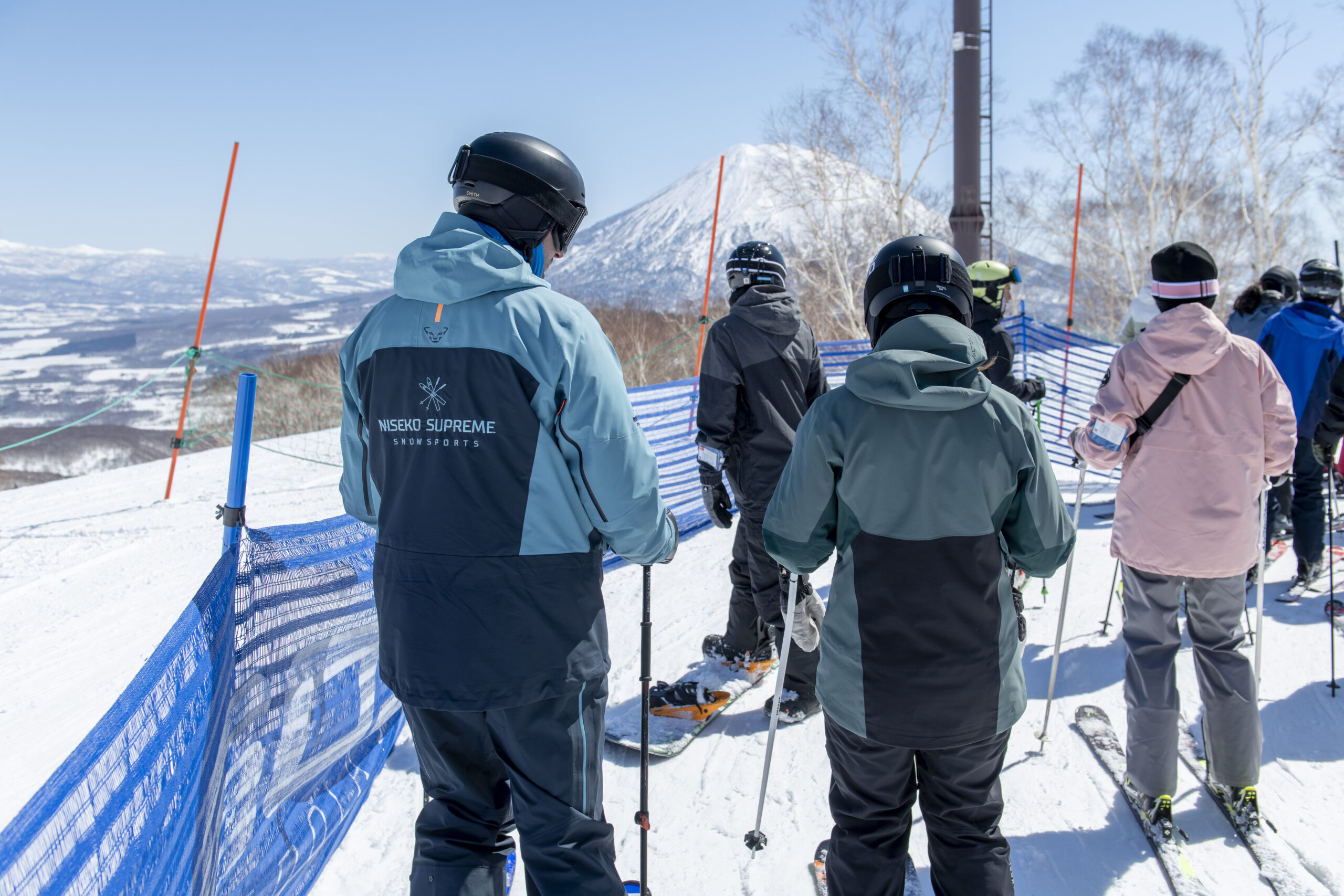When it comes to skiing, Niseko is one of the most sought-after destinations in the world, especially for beginners. The stunning powder snow, beginner-friendly slopes, and top-notch ski schools make it an ideal place for those just starting their skiing journey. Whether you’re planning your first ski trip or looking to refine your skills, this guide will provide you with everything you need to know about beginner ski lessons Niseko.
Why Choose Niseko for Your First Ski Experience?
Niseko is often considered the mecca of skiing in Japan, attracting skiers from all corners of the globe. But what makes it so special for beginners?
1. Renowned for Powder Snow: Niseko is famous for its light and fluffy powder snow, which is perfect for learning how to ski. The soft snow provides a more forgiving surface for beginners, reducing the impact of falls and making the learning process more enjoyable.
2. Wide Range of Beginner Slopes: Niseko offers a variety of slopes designed specifically for beginners. These slopes are gentle, allowing new skiers to practice their skills without the fear of tackling steep or challenging terrain too soon.
3. World-Class Ski Schools: Niseko boasts some of the best ski schools in the world, with highly trained instructors who are skilled in teaching beginners. These schools offer lessons in multiple languages, ensuring that everyone can learn in a comfortable and supportive environment.
4. Vibrant Après-Ski Scene: After a day on the slopes, Niseko offers a lively après-ski scene with a range of activities, from hot springs (onsen) to dining and shopping. This makes it a great destination not just for skiing but for an all-around enjoyable holiday.
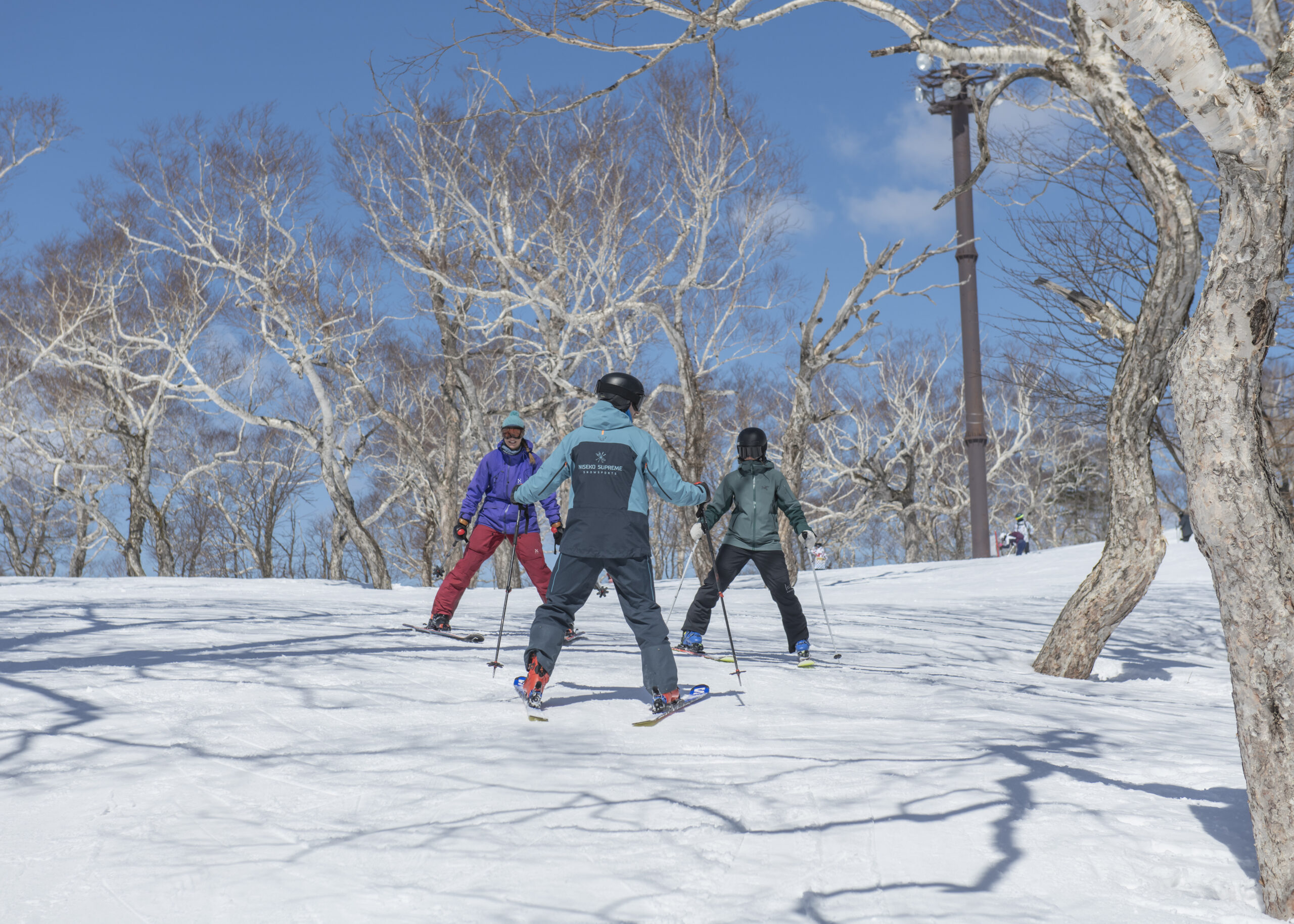
10 Essential Tips for Beginner Ski Lessons Niseko
1. Book Early to Secure the Best Lessons
One of the most important tips for beginners is to book your beginner ski lessons well in advance. Niseko is a popular destination, and during peak season, beginner ski lessons can fill up quickly. By booking beginner ski lessons early, you ensure that you get a spot in the best classes with top instructors. Additionally, early booking often comes with the advantage of securing discounts on beginner ski lessons and rentals.
Booking early also gives you time to research and choose the best ski school that fits your needs. Each school in Niseko has its own unique approach and teaching style, so giving yourself ample time to select the right one can make a big difference in your learning experience. It’s not just about availability; it’s about finding the best match for your skill level and learning preferences.
Moreover, early bookings help you plan your entire trip better. With lessons secured, you can arrange your accommodation, rentals, and other activities around them. This leads to a more organized and stress-free vacation. The last thing you want is to arrive in Niseko only to find out that all the good slots for beginner ski lessons are taken. Avoid this hassle by booking as soon as you can.
2. Choose the Right Ski School
Not all ski schools are created equal, and finding the right one for beginner ski lessons is crucial to your learning experience. When selecting beginner ski lessons, consider factors such as the instructor-to-student ratio, the languages spoken, and the school’s reputation. Reading reviews and asking for recommendations can also help you make an informed decision for your beginner ski lessons Niseko.
A lower instructor-to-student ratio in Beginner ski lessons is particularly beneficial for beginners, as it ensures more personalized attention. This can make a significant difference in how quickly you pick up the basics and build confidence. Many ski schools in Niseko offer small class sizes, providing a clear advantage for those new to skiing.
Additionally, when selecting a ski school for your beginner ski lessons, consider choosing one that offers instruction in your preferred language. Although many instructors in Niseko are fluent in English, opting for a school that can accommodate other languages can enhance your experience. Effective communication is crucial for understanding and applying the techniques taught during your beginner ski lessons.
Finally, reputation matters. Look for ski schools with a strong track record of success and positive reviews from other beginners. Don’t be afraid to reach out to the schools directly to ask questions or request more information. A reputable ski school will be more than happy to assist you and make sure you feel confident in your choice.
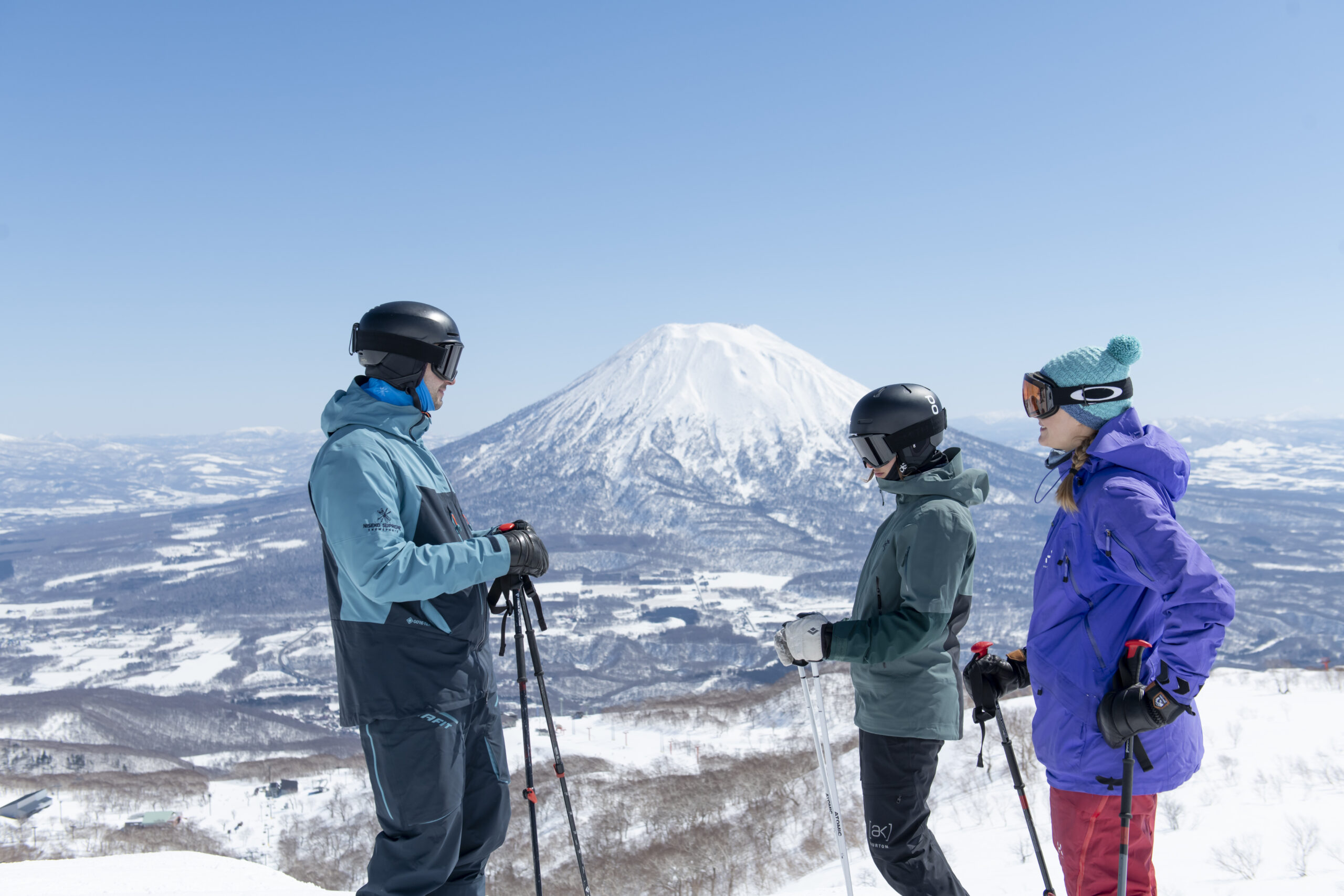
3. Understand the Basics Before Hitting the Slopes
Before you step onto the snow for your Beginner ski lessons Niseko, it’s essential to familiarize yourself with the basics of skiing. This includes understanding how to put on your gear, how to stand and balance on skis, and how to stop safely. Most ski schools in Niseko will cover these basics in your first lesson, but preparing ahead of time with some introductory videos or beginner guides can make your Beginner ski lessons in Niseko more effective and enjoyable.
Knowing the basics beforehand can significantly enhance your lessons. When you’re already familiar with the equipment and basic stances, your time becomes more focused on refining technique rather than learning from scratch. This pre-lesson preparation ensures your actual lesson is more productive and enjoyable.
Additionally, understanding the basics can significantly reduce the anxiety often associated with trying something new. When you know what to expect, the process becomes less intimidating, allowing you to approach your lessons with a more positive and confident mindset. This is especially crucial for those embarking on their first skiing experience, as it helps to ease the nerves and make it more enjoyable.
Taking some time to practice these basics at home or in a controlled environment can also be beneficial. Even if it’s just practicing how to put on your ski boots or balance on a flat surface, these small preparations can make a significant difference. The more comfortable you are with the basics, the more smoothly your lessons will go, setting you up for a more enjoyable experience on the slopes.
4. Dress Appropriately for Niseko’s Weather
5. Start with a Beginner-Friendly Slope
Niseko offers a range of beginner-friendly slopes that are perfect for those just starting out. These slopes have gentle inclines and are well-groomed, providing an ideal environment for practicing basic techniques. The Family Run at Grand Hirafu and the Ace Family Lift area are two popular choices for beginners. Starting on these easier slopes will help you build confidence before progressing to more challenging runs.
Beginning on the right slope is crucial to your learning experience. Choosing a slope that matches your skill level allows you to practice what you’ve learned without the pressure of steep inclines or difficult terrain. The gentle slopes in Niseko are designed to help beginners focus on mastering basic movements and controlling their speed.
As you gain confidence on these beginner slopes, you’ll start to develop a feel for the snow and how your skis interact with it. This foundational understanding is essential before moving on to more challenging slopes. Taking the time to practice on beginner-friendly runs ensures that you’re building the skills necessary for safe and enjoyable skiing.
It’s also important to remember that skiing is as much about mental preparation as it is about physical skill. Starting on an easy slope reduces the fear factor, allowing you to focus on your technique. When you’re not worried about falling or losing control, you can concentrate on improving your balance, turns, and stops. This gradual progression is key to becoming a confident skier.
6. Practice Patience and Take Your Time
Learning to ski is a process, and it’s important to remember that everyone progresses at their own pace. Don’t rush yourself or feel pressured to keep up with others. Take your time to practice the skills you’ve learned, and don’t be afraid to ask your instructor for extra help if you’re struggling with a particular technique. Remember, skiing is supposed to be fun, so focus on enjoying the experience rather than achieving perfection right away.
Patience is a critical component of learning any new skill, and skiing is no different. Each person learns at their own speed, and it’s important not to compare your progress to others. Some people may pick up skiing quickly, while others may need more time to feel comfortable on the slopes. The key is to focus on your own journey and celebrate your progress, no matter how small it may seem.
Taking the time to practice each skill thoroughly before moving on to the next is essential for building a strong foundation. Skiing requires a combination of balance, coordination, and confidence, all of which take time to develop. By practicing patience, you’re giving yourself the best chance to master these skills and enjoy skiing for years to come.
Remember that skiing is supposed to be enjoyable. If you find yourself getting frustrated or discouraged, take a break and remind yourself why you wanted to learn in the first place. Whether it’s the thrill of gliding down the mountain or the beauty of the snowy landscape, keeping your focus on the positive aspects of skiing will help you stay motivated and patient throughout the learning process.
7. Focus on Your Form
Good skiing starts with good form. Pay close attention to your posture, weight distribution, and movements as you ski. Keep your knees slightly bent, your weight centered, and your arms forward. This basic stance will help you maintain balance and control. Your instructor will guide you through these fundamentals, but it’s important to practice them consistently.
Form is the foundation of skiing. Maintaining proper posture not only helps you stay balanced but also reduces the risk of injury. When your knees are slightly bent and your weight is centered, you’re in a strong, stable position that allows for better control over your skis. This is especially important for beginners, as it helps you navigate the slopes more confidently.
Your instructor will likely spend a lot of time focusing on your form during your lessons. They may correct your stance, show you how to distribute your weight, or demonstrate how to move your arms. It’s important to take these corrections seriously and practice them consistently. Good form isn’t just about looking good on the slopes; it’s about skiing safely and effectively.
As you become more comfortable with skiing, maintaining good form will become second nature. However, in the beginning, it’s easy to slip into bad habits. This is why practicing form is so important. The more you focus on it, the more natural it will feel, and the more control you’ll have over your skis. Good form is the key to becoming a proficient skier, so make it a priority from day one.
8. Take Breaks and Stay Hydrated
Skiing can be physically demanding, especially for beginners who are not used to the movements and altitude. It’s important to take regular breaks to rest your muscles and stay hydrated. Drink plenty of water throughout the day, and take the time to enjoy the beautiful scenery and relax. Overexerting yourself can lead to fatigue and increase the risk of injury, so listen to your body and take breaks when needed.
Skiing requires a lot of energy, and it’s easy to forget to take care of yourself when you’re caught up in the excitement of learning. However, staying hydrated and taking regular breaks is essential for maintaining your energy levels and preventing fatigue. Skiing at a high altitude can also lead to dehydration more quickly, so it’s important to drink plenty of water throughout the day.
Taking breaks not only helps you physically but also mentally. Learning to ski can be overwhelming, and stepping away from the slopes for a few minutes allows you to recharge and refocus. Use your breaks to reflect on what you’ve learned, enjoy the scenery, or simply rest. This downtime is crucial for preventing burnout and ensuring that you have the energy to continue learning.
Remember that skiing is a marathon, not a sprint. Overexerting yourself can lead to fatigue, which increases the risk of accidents and injuries. By pacing yourself and listening to your body, you’ll be able to ski longer and enjoy the experience more. Taking breaks doesn’t mean you’re giving up; it means you’re taking care of yourself so that you can keep going.
9. Learn to Fall Safely
Falling is a natural part of learning to ski, and knowing how to fall safely can prevent injuries. When you feel yourself losing balance, try to fall to the side rather than forward or backward. Keep your arms close to your body to avoid twisting or injuring them. Most importantly, don’t be afraid to fall. Each fall is a learning opportunity, helping you understand your limits and improve your technique.
Falling is inevitable when you’re learning to ski, and it’s important to understand that it’s part of the learning process. Instead of fearing falls, learn how to do it safely. Falling to the side, rather than directly forward or backward, helps to distribute the impact and reduces the risk of injury. By practicing safe falling techniques, you can minimize the potential harm and get back on your feet more quickly.
Keeping your arms close to your body during a fall is crucial. This helps prevent them from getting caught in awkward positions, which can lead to sprains or fractures. It’s a natural instinct to try to break your fall with your hands, but this can actually increase the risk of injury. Instead, tuck your arms in and focus on falling to the side.
Falling is not a failure; it’s a learning opportunity. Each time you fall, you gain valuable insights into your balance, technique, and the limits of your abilities. By embracing falls as part of the process, you can learn from them and improve more quickly. Remember, even the most experienced skiers fall from time to time. It’s how you handle the fall and what you learn from it that matters.
10. Practice, Practice, Practice
The key to becoming a good skier is practice. The more time you spend on the slopes, the more comfortable and confident you’ll become. Don’t be discouraged if progress seems slow at first. Every hour you spend practicing brings you one step closer to mastering the basics and moving on to more advanced techniques. Remember, skiing is a skill that improves with time and experience.
Practice is the cornerstone of learning any new skill, and skiing is no exception. The more you practice, the more you’ll develop muscle memory, which is crucial for mastering the movements required in skiing. Each time you hit the slopes, you’re reinforcing what you’ve learned and building on your skills. Even if progress seems slow, every bit of practice is moving you forward.
It’s important to approach practice with the right mindset. Instead of focusing on immediate results, think of each session as an opportunity to learn and improve. Consistency is key, and even short, regular practice sessions can lead to significant improvements over time. The more you practice, the more natural skiing will feel, and the more enjoyable it will become.
Don’t be discouraged if you don’t see immediate progress. Skiing is a complex skill that takes time to master. Be patient with yourself and keep practicing, even if it feels like you’re not improving as quickly as you’d like. Over time, the small improvements you make will add up, and you’ll be amazed at how far you’ve come. Practice is the key to unlocking your potential as a skier, so keep at it and enjoy the journey.
